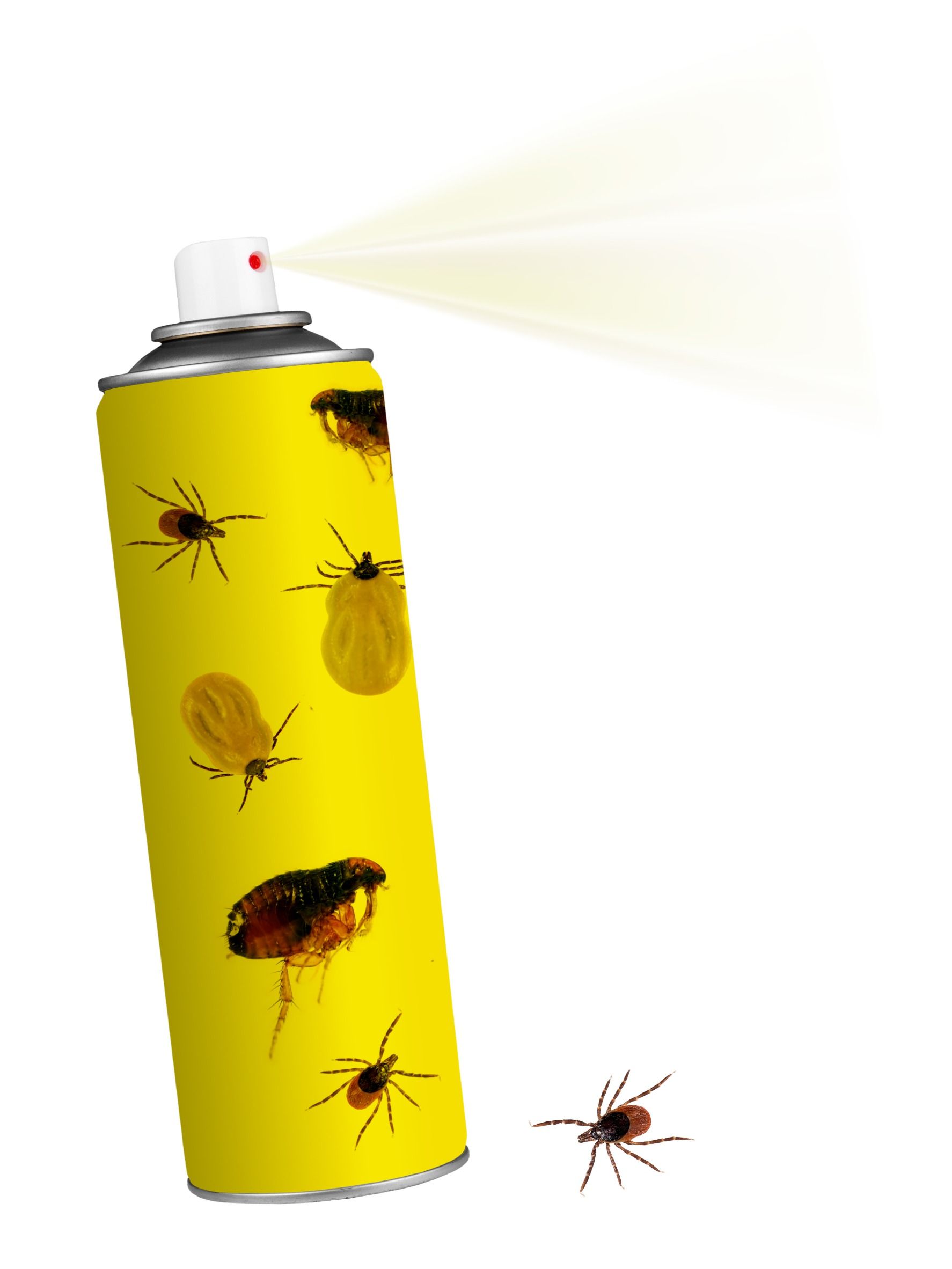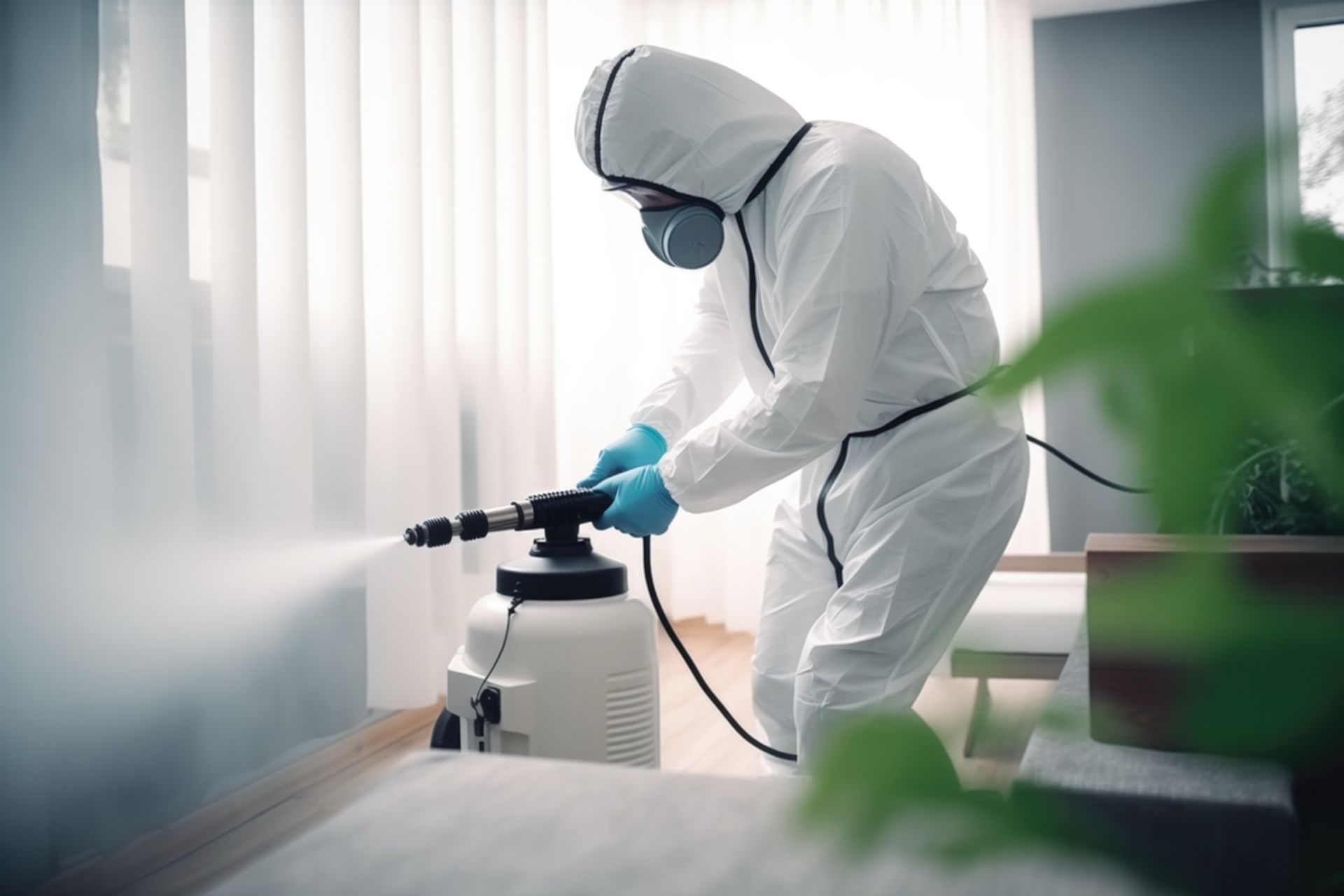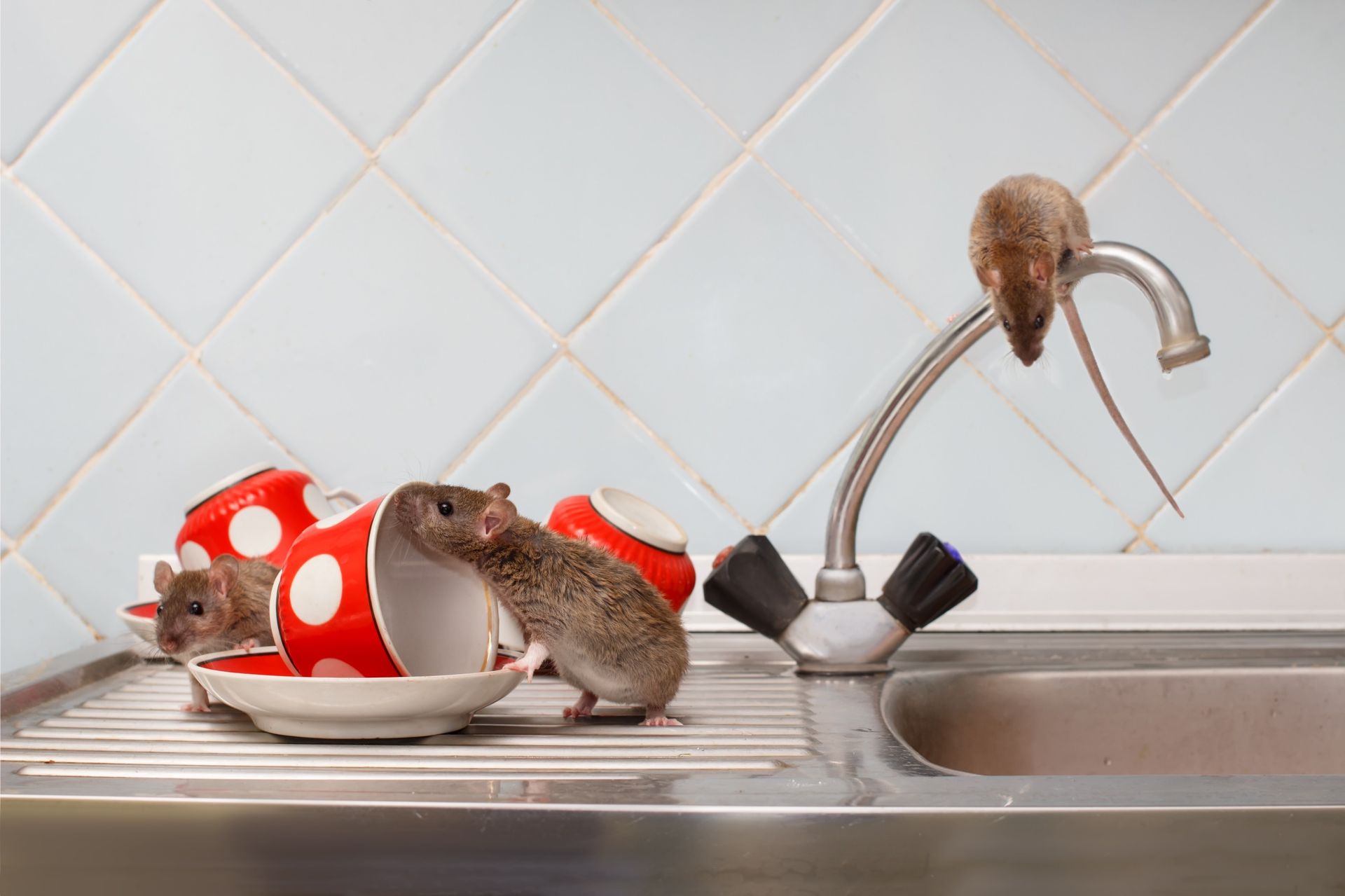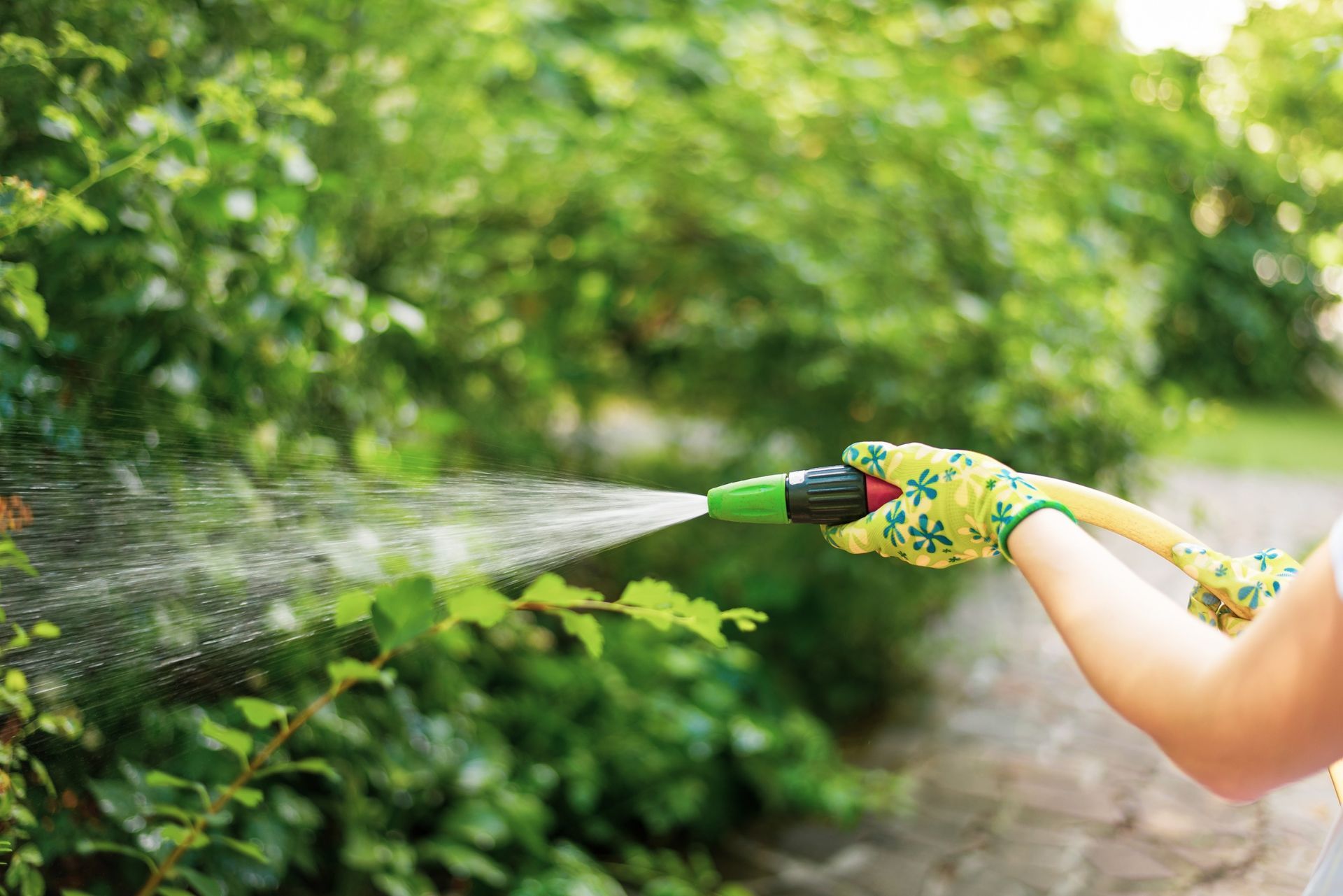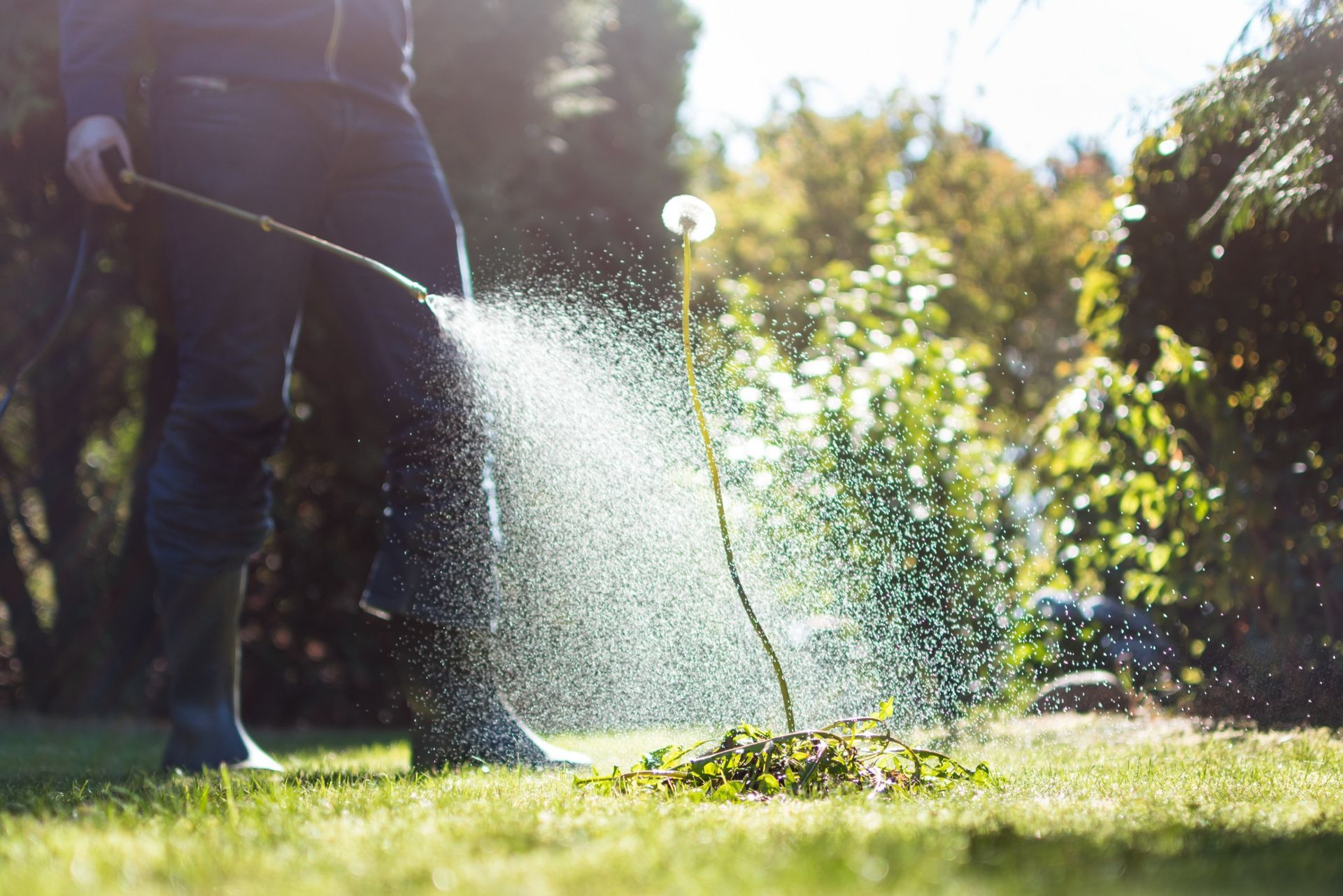Why is Moss Growing in My Lawn and How Do I Get Rid of It?
If you've noticed moss taking over your lawn, you're not alone. Many homeowners struggle with this green invader, especially in areas with damp and shady conditions.
Moss can be a sign that your lawn isn’t healthy. Understanding why moss thrives is the first step in tackling the problem.
It often indicates issues like poor drainage, soil compaction, or a lack of sunlight. If you're in Forth Worth, TX, and need help transforming your patchy lawn into a lush, green space, lawn care services can provide expert solutions.
Keep reading to learn more about controlling moss and improving your lawn's overall health.
Why is Moss Invading My Lawn?
Moss can be a persistent problem for homeowners, but understanding its causes can help you combat its spread effectively.
Common Causes of Moss Growth
- Poor Drainage: If water isn't able to drain properly from your lawn, it can lead to a damp environment that moss loves.
- Soil Compaction: Heavy traffic on your lawn can compact the soil, making it hard for grass to grow while creating a welcome place for moss.
- Insufficient Sunlight: Areas that receive less sunlight are more prone to moss invasion, as it thrives in shady spots.
Spotting the Signs of Moss Infestation
Recognizing the signs of moss in your lawn early can help you address the problem before it escalates. Here are common indicators that moss is taking over your green space:
- Dense Green Patches: Moss appears as thick, lush green patches, often in shady or damp areas.
- Thin or Sparse Grass: If you notice your grass is becoming patchy or thinning out, it may be due to competition from moss for space and nutrients.
- Soft or Spongy Texture: Unlike healthy grass, moss creates a soft surface underfoot, which can feel spongy and springy.
How to Confirm Moss Growth
To confirm that you are dealing with a moss problem, perform a simple visual inspection. Look for the following:
- Visual Clues: Is there more green in your lawn than just grass? If moss is present, it will typically dominate in areas where sunlight is minimal.
- Soil Test: Conduct a basic soil test to check for compaction; poor soil structure can contribute to moss growth. A simple dig can reveal how compacted your lawn is.
Understanding these signs is key to formulating a strategy to reclaim your lawn from moss.
Consequences of Moss on Your Lawn
Moss may seem harmless, but its presence can lead to several negative consequences for your lawn's health and aesthetics. Understanding these impacts can help you appreciate the urgency of addressing moss growth.
1. Reduced Grass Health
Moss competes with grass for essential resources such as nutrients and water. This competition can weaken your grass, leading to:
- Thin, Patchy Areas: As moss takes over, your lawn can become bare and unattractive.
- Increased Vulnerability: Weakened grass is more prone to diseases and pests.
2. Potential Drainage Issues
Moss thrives in damp conditions, and excessive moss growth can actually worsen drainage issues, creating a vicious cycle of moisture retention that encourages further moss proliferation.
3. Aesthetic Concerns
A lawn dominated by moss can look unkempt and uninviting. Homeowners often take pride in their outdoor spaces, and a moss-infested yard can impact curb appeal, especially if you are looking to sell your home.
Proactive Measures to Prevent Moss Growth
Taking preventative steps is essential in keeping moss at bay and ensuring your lawn remains healthy and vibrant. Here are some effective strategies:
1. Improve Drainage
Proper drainage is key to a thriving lawn. Consider these actions:
- Aeration: Use a core aerator to relieve soil compaction, allowing water and nutrients to penetrate more effectively.
- French Drains: Installing French drains can redirect excess water away from problem areas.
2. Enhance Sunlight Exposure
Moss loves shady spots, so increasing sunlight can help your grass thrive.
- Trim Trees and Shrubs: Regularly pruning overhanging branches can increase light access.
- Reseed with Sun-Tolerant Grass: Select grass types that do well in partially shaded areas.
3. Regular Maintenance
Stay proactive with scheduled lawn care:
- Fertilization: Fertilizing your lawn helps to nourish grasses and diminish moss’s competitive edge.
- Mowing: Keep your grass trimmed to the recommended height—allowing it to grow too long can create shade for moss.
4. Utilize Lawn Care Services in Forth Worth, TX
For optimal results, consider professional assistance.
Local lawn care services in Forth Worth, TX, can provide expert advice and hands-on help tailored to your specific needs. They can help implement effective strategies to combat moss and improve your lawn's health while saving you time and effort.
Take Charge of Your Lawn's Health
Moss is more than just an eyesore; it's an indicator of underlying issues that can affect your lawn's health. By understanding what causes moss growth and implementing targeted strategies to prevent and remove it, homeowners can transform their lawns into beautiful, thriving landscapes.
Don't wait until moss makes itself at home—take action today to reclaim your lawn's vibrancy.
